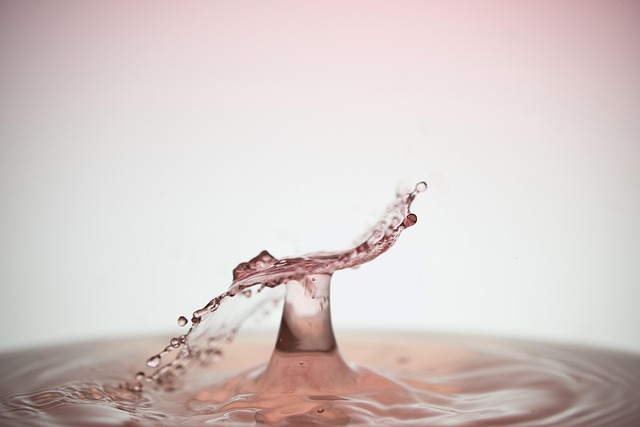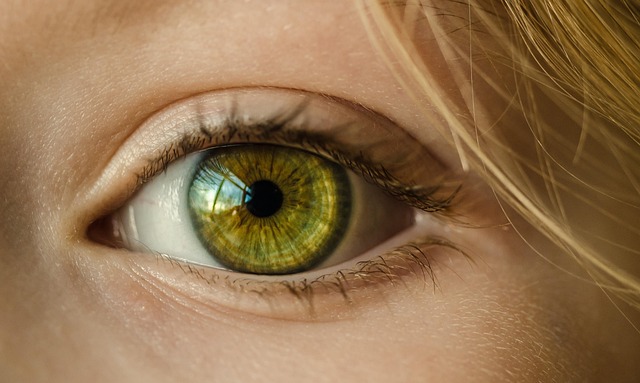Radiant Reflections: Exploring the Impact of Reflex Light in Art and Design
In the world of painting, capturing the essence of light is one of the most profound challenges and opportunities an artist can face. Among the various aspects of light, reflex light holds a special place, as it brings a unique vibrancy and realism to artworks. This subtle, often overlooked phenomenon plays a critical role in how we perceive and connect with visual pieces, whether on canvas or in design installations.
Understanding Reflex Light
Reflex light, simply put, is the light that bounces off surfaces and subtly illuminates other areas. Unlike direct light, which tends to be glaring and dominant, reflex light creates soft reflections and gentle highlights that add depth and complexity. It’s the quiet glow that seems to animate a painting, giving objects volume and a sense of presence.
The Role of Reflex Light in Art
For painters, mastering reflex light means transcending flatness and inviting viewers into a more immersive experience. Take, for example, the way light reflects off rippling water, shiny glass, or even a polished wood surface. Incorporating these reflections accurately demands acute observation and skillful brushwork. Reflex light helps convey texture, material quality, and atmosphere—turning a simple still life or portrait into a living moment frozen in time.
Design and Reflex Light: Where Function Meets Aesthetics
In design, reflex light influences both form and function. Architects and interior designers often consider how natural and artificial light will interact with surfaces and materials, using reflective qualities to enhance spaces. From creating mood with ambient reflections to emphasizing structural lines with strategic lighting, reflex light becomes a tool of creative expression and practical enhancement.
Emotional Resonance
Beyond technical mastery, reflex light evokes emotion. That gleam on a model’s eye, the shimmer on a metallic sculpture, or the subtle glow on a fabric’s folds can stir feelings of warmth, nostalgia, or intrigue. It’s this emotional connection that makes reflex light so powerful in both painting and design—transforming ordinary scenes into extraordinary visual stories.
Exploring reflex light invites us to slow down and notice the interplay of light and shadow, encouraging a deeper appreciation of both the natural world and artistic creations. Whether you are an artist seeking to refine your technique or an admirer captivated by the nuances of light, reflex light offers a radiant reflection of creativity itself.



